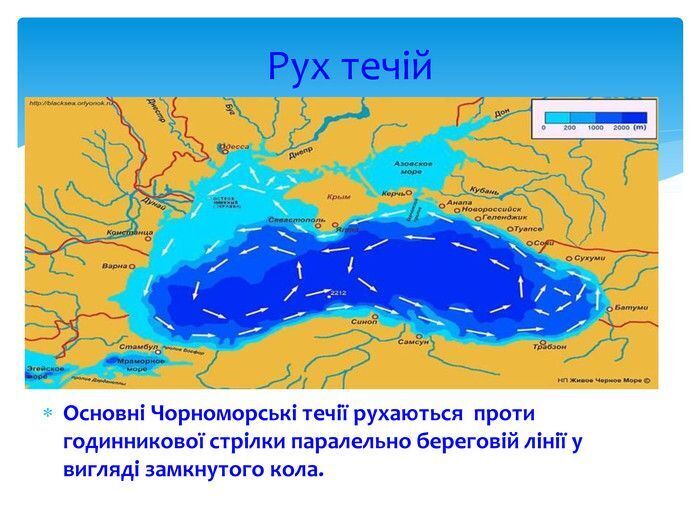Five thousand tons of fuel oil have sunk to the bottom of the Black Sea due to damaged Russian tankers.
The scale of the environmental disaster caused by the collision of two Russian tankers carrying oil products in the Kerch Strait has turned out to be greater than initially reported by the Russian authorities.
Approximately 5,000 tons of heavy fuel oil have settled on the bottom of the Black Sea, described as "a gelatinous mass that isn't moving anywhere," stated the governor of the Krasnodar region, Veniamin Kondratiev, on Saturday.
On January 10, during an inspection of the stern of the tanker "Volgoneft-239," which ran aground, a new leak covering an area of about 2,800 m² was discovered.
The pollution has appeared along the coastline of Yalta, in Kerch, Yevpatoria, and the Saky, Chornomorsk, and Leninsky districts of Crimea, as well as on Tuzla Island.
Furthermore, fuel oil has washed ashore in the Sea of Azov near temporarily occupied Berdyansk in the Zaporizhzhia region, with the contaminated area extending 14.5 km.
Ivan Rusev, a well-known Ukrainian ecologist and employee of the "Tuzla Limans" National Park in Odesa region, reported that birds with oil-soaked feathers have been observed in the park.
"Just yesterday, partially oil-coated birds arrived here. A great crested grebe found in the Tuzla Limans National Nature Park was likely blown in from the accident site. It is known that the great crested grebe flies rapidly and can cover large distances. We also observed a great cormorant in a similar condition to the grebe, but it was impossible to retrieve it from the water," Rusev wrote on his Facebook page.
Ecologist Vladislav Balinsky claims that the heavy fuel oil will inevitably reach Odesa sooner or later.

Illustration by Vladislav Balinsky
"The main issue for years and decades to come will be the heavy fuel oil that has solidified and sunk into the water column and onto the seabed. When asked whether the pollution would reach Odesa, I responded that this could happen after the water temperature rises, closer to April-May. However, observing the dynamics of pollution along the Crimean coast today, I understand that this may occur much sooner," Balinsky warned.
"Crimean TG-publics are spreading photographs of oil slicks on the beaches of Yevpatoria, which is located 375 km away from the accident site if measured along the coast. This already represents more than half the distance to Odesa, with less than 250 km remaining. Notably, the photographs depict isolated slicks, often with plant material mixed in. Why is this important? It indicates that the oil slicks at this water temperature have buoyancy levels close to zero and are moving within the water column in the direction of the main Black Sea current – counterclockwise, precisely towards us and further to Romania and Bulgaria," the ecologist predicts.
Background. It was previously reported that heavy fuel oil from Russian vessels reached Crimea: the shores are polluted, birds are dying, and one of the oil slicks has reached Sevastopol.